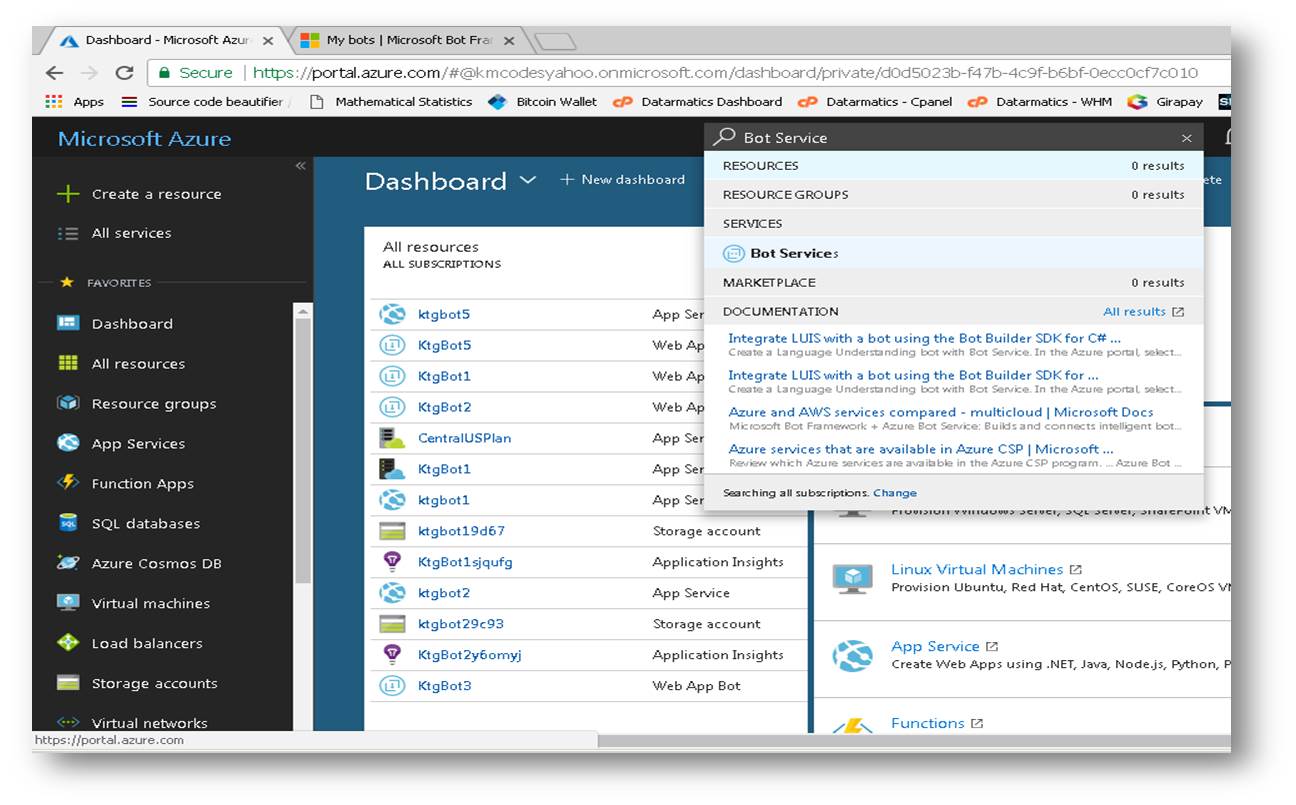
- #Rss bot for windows how to#
- #Rss bot for windows update#
- #Rss bot for windows registration#
- #Rss bot for windows software#
- #Rss bot for windows code#
The API is free to use, but you have to have a Twitter account and to register your application in order to get access to the API, but that's easy enough.
#Rss bot for windows software#
Twitter is a web service that provides an application programing interface (API), which means you can write software that communicates with the live Twitter service-perhaps to read tweets in real time or to automatically publish tweets. Whitepaper: Data-intensive intelligent applications in a hybrid cloud blueprint.eBook: Running Kubernetes on your Raspberry Pi.Getting started with Raspberry Pi cheat sheet.The cookie is used to store the user consent for the cookies in the category "Performance". This cookie is set by GDPR Cookie Consent plugin. The cookies is used to store the user consent for the cookies in the category "Necessary". The cookie is used to store the user consent for the cookies in the category "Other. The cookie is set by GDPR cookie consent to record the user consent for the cookies in the category "Functional". The cookie is used to store the user consent for the cookies in the category "Analytics". These cookies ensure basic functionalities and security features of the website, anonymously. Necessary cookies are absolutely essential for the website to function properly. Now, when you make a call from your Teams client, Teams will call the ngrok URL, which will tunnel to your machine, and your code.
#Rss bot for windows code#
Remember to start debugging your code again, and to make sure that your local code is definitely what’s being used, why not set a break-point somewhere in the IncomingCallHandler.cs file. This time, you don’t need anything appended to the domain.

#Rss bot for windows update#
In the appsettings.json file, update the BotBaseUrl with the new URL. The code also has a reference to the URL. It can take a few moments for this change to propagate, which is why it’s worth doing first. Update the Calling Webhook with the ngrok one, making sure to keep the /callback/calling suffix on the end of the URL: Edit the Microsoft Teams channel, then choose the Calling tab. Navigate to the Bot Registration, then select the Channels section.
#Rss bot for windows registration#
We need to change the URL that the Bot Registration uses as a webhook. Make a note of the https version (in this case ) Update Bot Registration In this screenshot, you can see there is a both a http and https version, plus a history of requests that have been called. ngrok will display the public URLs which represent the “public end” of the tunnel: This will create a tunnel to your localhost:3979 which is where your code will be running. Use the following command, making sure you use the right port number: Open a command window and navigate to where the ngrok code is. Make a note of the port number being used (in this case 4213) and then close the browser and stop debugging (for now). There’s no page to display, but the code is all running (waiting for the Teams service to call the API endpoint).

Run the TeamsIVRBotSample project locally, which will open a browser window. Download it from and read more on my blog here) ngrok enables your code to run locally but still present itself with a public URL. Teams is an online-only service, which requires your code to run from a publically addressable URL so that the different Teams services can access it when a user calls your bot.

It’s possible to run all the code for the IVR Bot locally, yet still make calls from the Teams client! Here’s how: Or perhaps everything works fine, but now you want to modify the sample code and turn it into something else.
#Rss bot for windows how to#
If you’ve been following along with the previous blog posts then all the setup steps are now complete, but if you’re having problems then it’s useful to know how to peel back the covers and figure out what’s happening. For links to all the posts in the series (and a video showing an IVR bot in action) have a look at the post: Creating a Microsoft Teams IVR Bot – a 5 part series

There are a number of steps to follow in order to create and configure your bot, as well as some code to write to get it to do what you want it to. IVR Bots are made possible with the release (in Preview) of the Calls & Meeting API, announced at Ignite 2018. They open up a whole new world of different app possibilities, and they’re pretty easy to build too! IVR Bots are bots that user can place audio calls to and communicate with via their keypads. This is the last in a series of blog posts which are designed to introduce you to IVR Bots in Microsoft Teams. Creating a Microsoft Teams IVR Bot Part 4 – Debugging when things go wrong


 0 kommentar(er)
0 kommentar(er)
